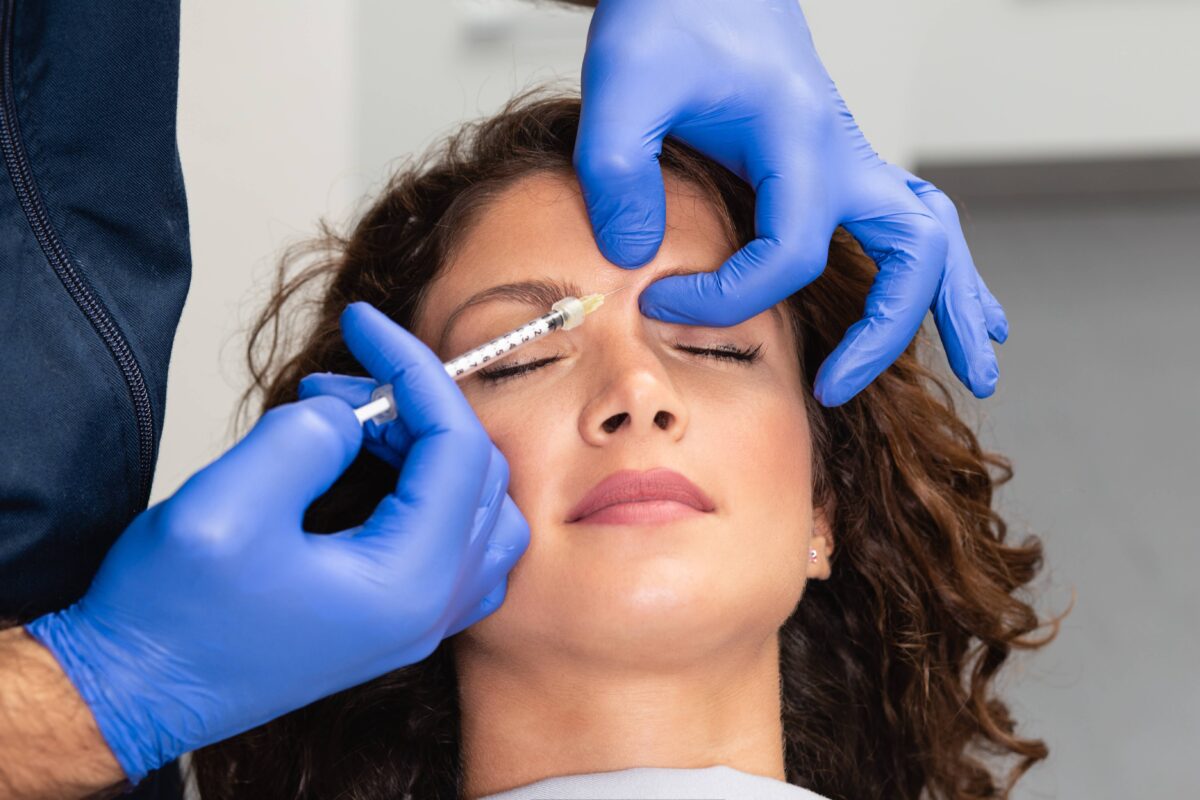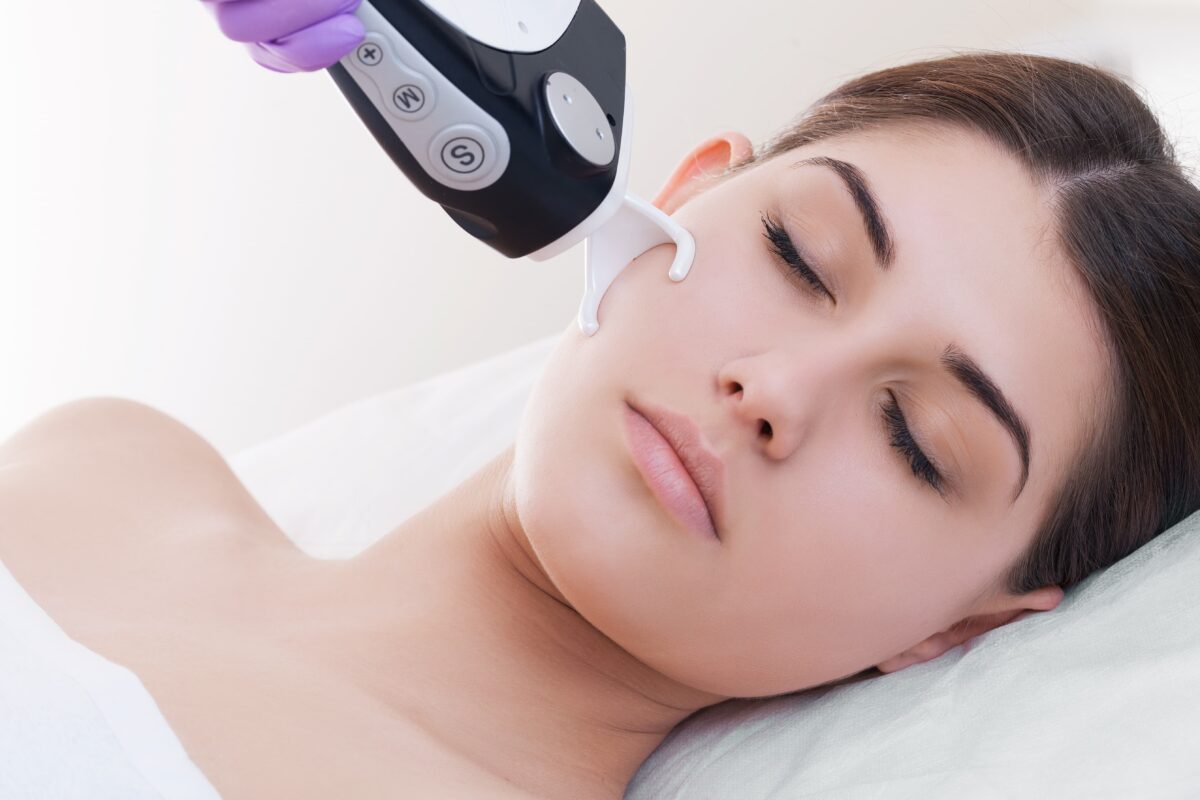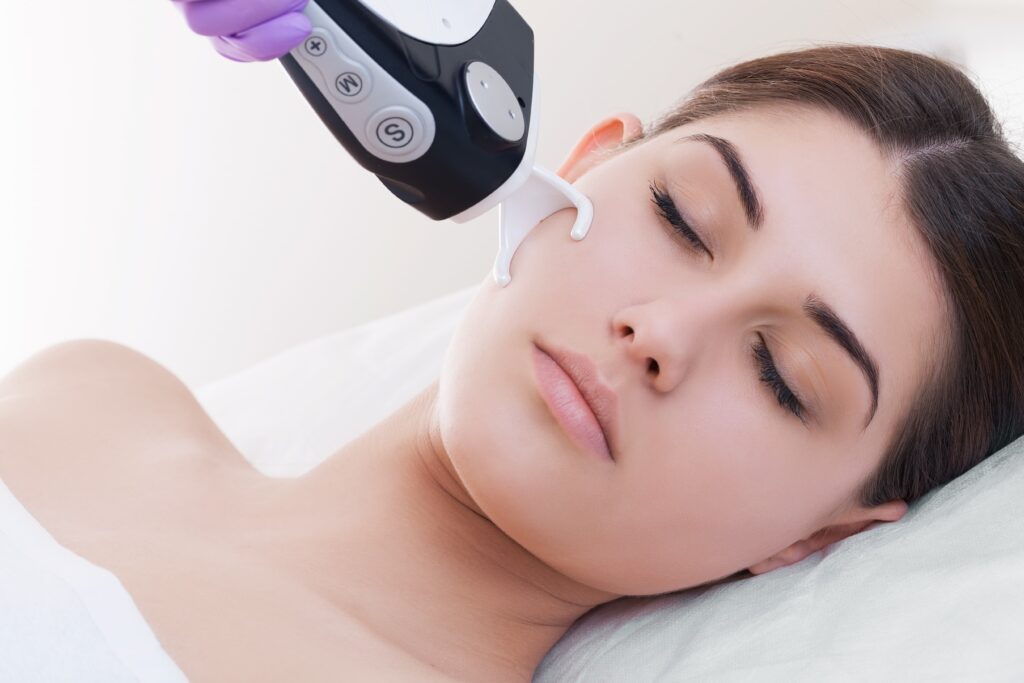
Say Goodbye to Fine Lines and Wrinkles with Dysport
Dysport is today’s modern approach to skin rejuvenation. It happens to all of us – one day, you look in the mirror and notice fine lines and wrinkles on your face. The lines around your eyes, forehead, and mouth come from age and experience. When having thoughts about correcting these unwanted fine lines and considering some cosmetic procedures, there’s a different treatment available: Dysport.
Let’s learn about this procedure and how it can help us say goodbye to unwanted fine lines and wrinkles.
What is Dysport ?
Dysport is among the famous Botulinum A neuromodulators known for being injectable treatments. This procedure is designed to erase fine lines and wrinkles. It’s beneficial in eliminating slight creases on the forehead. Dysport treatments have thinner consistencies that spread out quicker than their counterparts, making them perfect for smoother, natural-looking skin with a single treatment.
Benefits of Dysport
Dysport may be like other Botulinum A injectables, but that doesn’t mean they provide the same benefits. After all, we wouldn’t offer two different injectable cosmetic wrinkle treatments if they didn’t have their unique gifts. When it comes to Dysport, there is a specific subset of benefits that it’s particularly good at providing.
Smoothing Unwanted Appearance of Wrinkles and Fine Lines—
Like its counterparts, Dysport is excellent at helping to smooth out the appearance of fine lines and wrinkles on the face. However, it is exceptionally great at one crease — glabellar lines (also known as the “11s” due to their appearance).
The glabella is the skin area between the eyebrows and above the bridge of your nose. Although they are also nicknamed “frown lines,” glabellar lines form due to any repetitive motion of the four muscles in that area — squinting at bright sunlight, frowning, or any other way you tend to emote repeatedly. Because Dysport isn’t as concentrated as Botox, it can impact these bigger muscle groups more effectively.
May Help Produce More “Natural” Looking Results—
Although we aim for everyone to have natural-looking results from our injectable cosmetic treatments, Dysport’s more diluted formulation can be more effective at making that happen. Like its counterparts, Dysport is injected by the unit.
After a consultation with one of our providers, you can develop a game plan that uses the best treatment to get the results you want in a cure. We’ve found that our clients are delighted with the results they get from Dysport injections, and we think you will be, too, if you try it yourself!
How Dysport Works ?
Dysport is an almost painless and relatively quick outpatient treatment as an injectable. It is injected into your muscles; it blocks the transmission of signals from the nerves to the muscles. This procedure relaxes the muscles, paralyzing them, eventually giving a smoother look to your skin. When our muscles are contracted, the appearance of fine lines is more likely to happen. How many injections we receive depends on the area you want to treat – larger sizes need more Dysport than smaller regions.
Dysport is effective because it doesn’t just treat the skin’s surface like creams or serums – it interacts with the muscles in our face to force them to relax. Because of this, the injections are done strategically, so our faces’ natural movements are not hindered. For instance, when treating the lines between the brow – your “11’s” – just a few injections are made, so those muscles relax, but the rest of the facial muscles can move normally. This science minimizes wrinkles without freezing your face.
What to Expect from Dysport ?
A Dysport procedure is short and sweet. The physician will clean up the treatment area at the start of your session and determine the exact spots to inject the drug. After that, the actual injection. The process takes only a few minutes unless some pain medication is used.
The FDA approves Dysport cosmetic injections to treat blemishes referred to as “frown lines” or “elevens.” These are wrinkles found in the glabellar area—the region between your eyebrows. However, an experienced dermatologist may use it off-label, or without FDA approval, for other skin issues like:
- Acne
- “Crow’s feet” or the wrinkles beside your eyes
- Excessive sweating
- Fine lines around the lips
- Forehead lines
- Some forms of chronic dermatitis
- And many others
How Long Does Dysport Last ?
Typically, effects become noticeable within 3-5 days after receiving your Dysport treatment. However, the full impact will appear between 1 and 2 weeks after receiving injections. Like other neuromodulators, the injections are temporary but last for at least three (3) months. The longevity of your results will depend on how quickly your body metabolizes the injectable.
For example, if you are very active or exercise excessively, the results of your Dysport may only last four (4) months as opposed to 6 months. Other factors like stress can make the injectable dissolve more quickly. Once the treatment starts to wear off, the fine lines and wrinkles will slowly reappear. We recommend our patients get touch-ups every 3-4 months to keep their skin looking its best.
Potential Side Effects from Dysport
Dysport’s most common side effects are the same as we see with Botox injections. Mostly, these side effects are due to the physical act of injection, not the medication itself. These include:
- bruising
- redness
- swelling
There is also the possibility of more severe side effects or an allergic reaction, but these usually occur only in rare instances. If you’re concerned about side effects, talk to your skin care provider about ways to reduce their likelihood.
Cutting back on alcohol and caffeine before your appointment, icing your injection sites (for no more than 20 minutes at a time), and being open about any other medications you’re taking can help. It’s also crucial to avoid touching your face as much as possible for at least four hours following your appointment — this includes limiting exercise, too!
Finally, Say Goodbye to Wrinkles and Fine Lines with Dysport
If injectables are something you’re considering to help reduce the appearance of fine lines and wrinkles, talk to your doctor today. During a consultation, they will be able to advise you if you’re a candidate for Dysport or any other types of injection treatments.
Final Takeaways
Dysport provides nearly all the same benefits with a slightly less concentrated formula. Suppose you’re looking to reduce the appearance of fine lines and wrinkles, especially on the forehead. In that case, Dysport can be an effective form of injectable cosmetic treatment to help your skin shine.
Do you want to experience Dysport? Our awesome friends at Beauty Nurse Bre can help you today. Visit them now! https://beautynursebre.com


